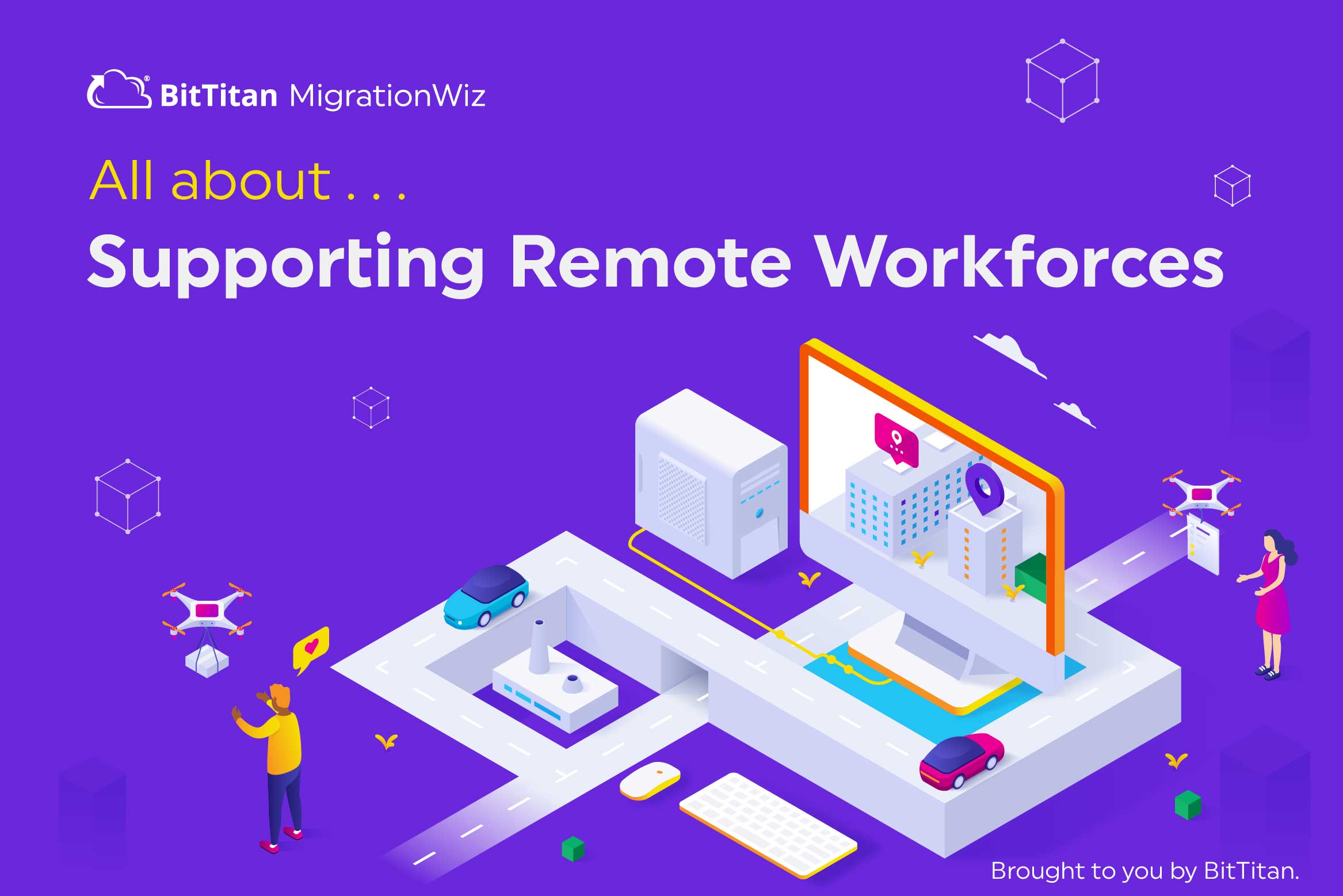Remote Work: Looking at the Long-Term Future
For many years, prognosticators have predicted a future where large segments of the workforce work remotely, reducing office and other overhead costs while giving workers flexibility that improves satisfaction and retention.
It has been a slow, steady march. Since 2010, the number of people working remotely in the U.S. has grown by 91% — 44% since 2015. With the arrival of the 2020s decade, the number of U.S. employees doing remote work is pegged at 4.7 million.
However, these are not full-time remote workers. Typically, businesses allow workers to spend one or two days at home, or work from home on an episodic or as-needed basis. Online cloud office suites are key to enabling these remote working styles, allowing remote workers to collaborate effectively and keep the workflow moving whether at home, on the road or in the office. Read Remote Work and Collaboration: The Role of the Cloud Office Suite.
With these scenarios, working remotely has been the exception, while office-based work remains more the rule. All that changed with the COVID-19 pandemic of 2020.
A catalyzing event for remote work
The COVID-19 pandemic was a key moment as external circumstances pushed businesses into the long-predicted new world of remote work, abruptly. Some businesses had already embraced digital transformation and had an easier time with the transition; read Digital Transformation: The Foundation for Remote Work. Others were still resolutely tied to working styles tied to the legacy of the physical workplace. Those who lagged behind were faced with quickly erecting work-from-home strategies, building out the required infrastructure or migrating quickly to the cloud. For more on this topic, read Fast Track to Remote Work: Cloud Migration via MSPs.
Whatever their route to remote work, now all the questions they might have asked before launching a wholescale initiative were being answered, in a real-world laboratory, running the world’s largest work-from-home experiment in real-time:
- What are the impacts on productivity, revenue, profitability and other business metrics?
- How well will we continue to be able to serve the customers?
- Will we only continue to operate, or will a remote workforce be able to continue to collaborate, innovate and generate and implement fresh ideas to grow the business?
Projecting the long-term impacts
A Gartner study of CFOs published in April 2020, after the pandemic had taken hold, found many making permanent plans related to remote work. Among the findings:
- 74% planned to shift at least 5% of their on-site workforce to permanent remote positions
- 25% planned to move at 20% of onsite employees to remote work
- 4% planned to leave half of their workers remote
- 13% stated that had made cost reductions in real estate expenses, while another 9% had plans to do so
- 20% are cutting on-premises technology spending, while 12% are planning it
Of course, not all workers are able to work remotely, such as those in highly regulated industries or high-security settings. Especially in government, healthcare, insurance and education, proprietary, legacy software systems are still in use and the only option is to deploy virtual desktop infrastructure with access secured by a VPN. Some tasks require access to highly specialized tools available only in a physical workplace. Moreover, paper files and records still exist, especially in some government organizations. And of course, entire industries such as on-site retail, warehousing, manufacturing and construction — among many others — require worker presence at the job sites, although some functions such as finance can be performed remotely.
Some changes have already happened.
Telehealth was much talked about prior to the epidemic, but uptake was slow until regulators saw the prospect of many, many sick people visiting clinics and spreading a highly contagious disease. Rules that restricted video services for persons on Medicare were relaxed.
Remote learning has always been in use, but as schools and universities were forced to turn to online learning options on a massive scale, they began teaching themselves how to make it work.
Virtual events as an option to in-person conferences were had been foretold. Many enterprises already limited travel and reined in spending for attending conferences. The pandemic put a stop to them altogether. While in-person events have always been valued for cementing relationships and exchanging ideas, virtual options could be an alternative and fundamentally impact a trillion-dollar industry.
The importance of the cloud office
Cloud office products play a major role in all of the above scenarios. What the COVID-19 pandemic showed us is that digital transformation is not a singular event in the lifetime of a business, but a continuum. Even among organizations that were well along in their digital transformation journey, the event was a catalyst that showed us that however far an organization has come, there is still much more to do.
Brought to you by BitTitan®. Helping IT service providers, and in-house IT teams migrate to the cloud for over a decade.


